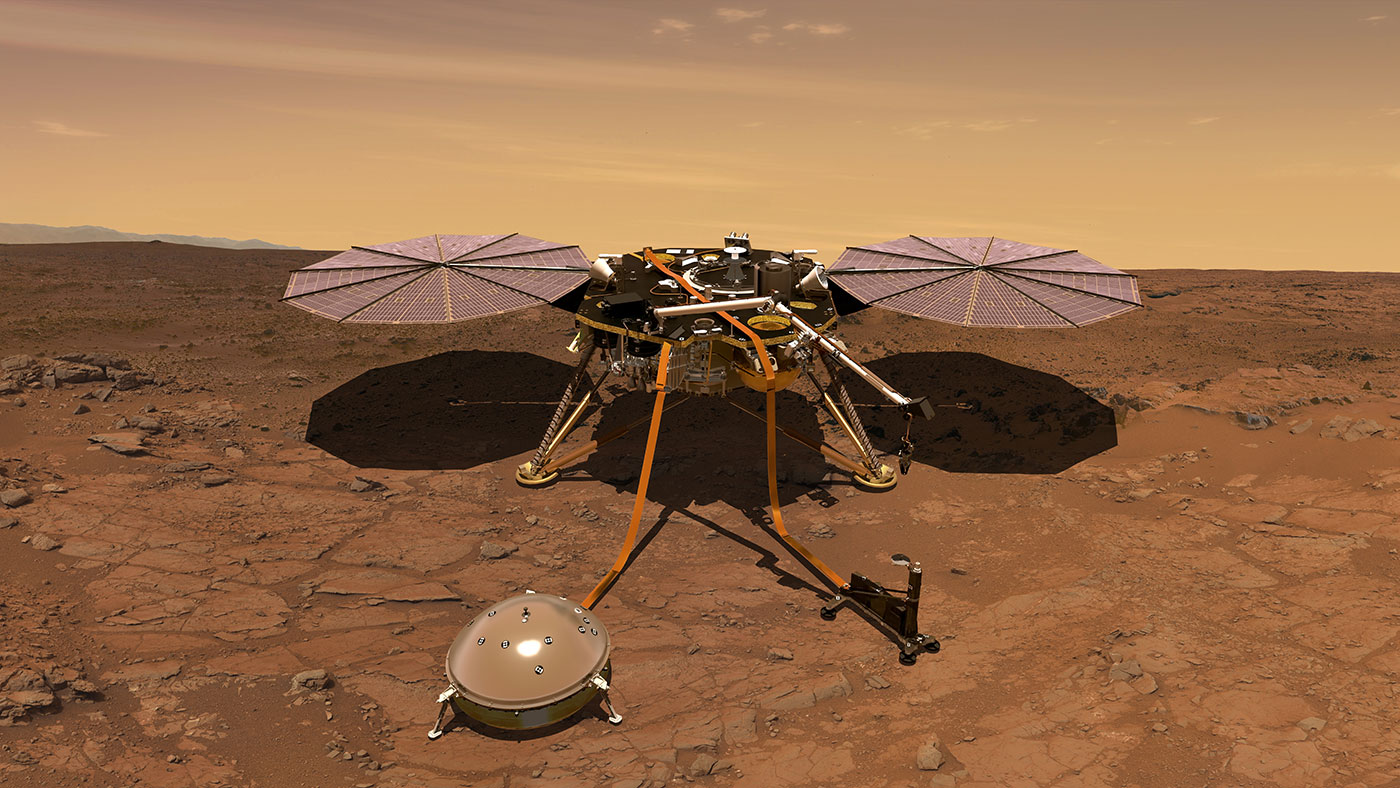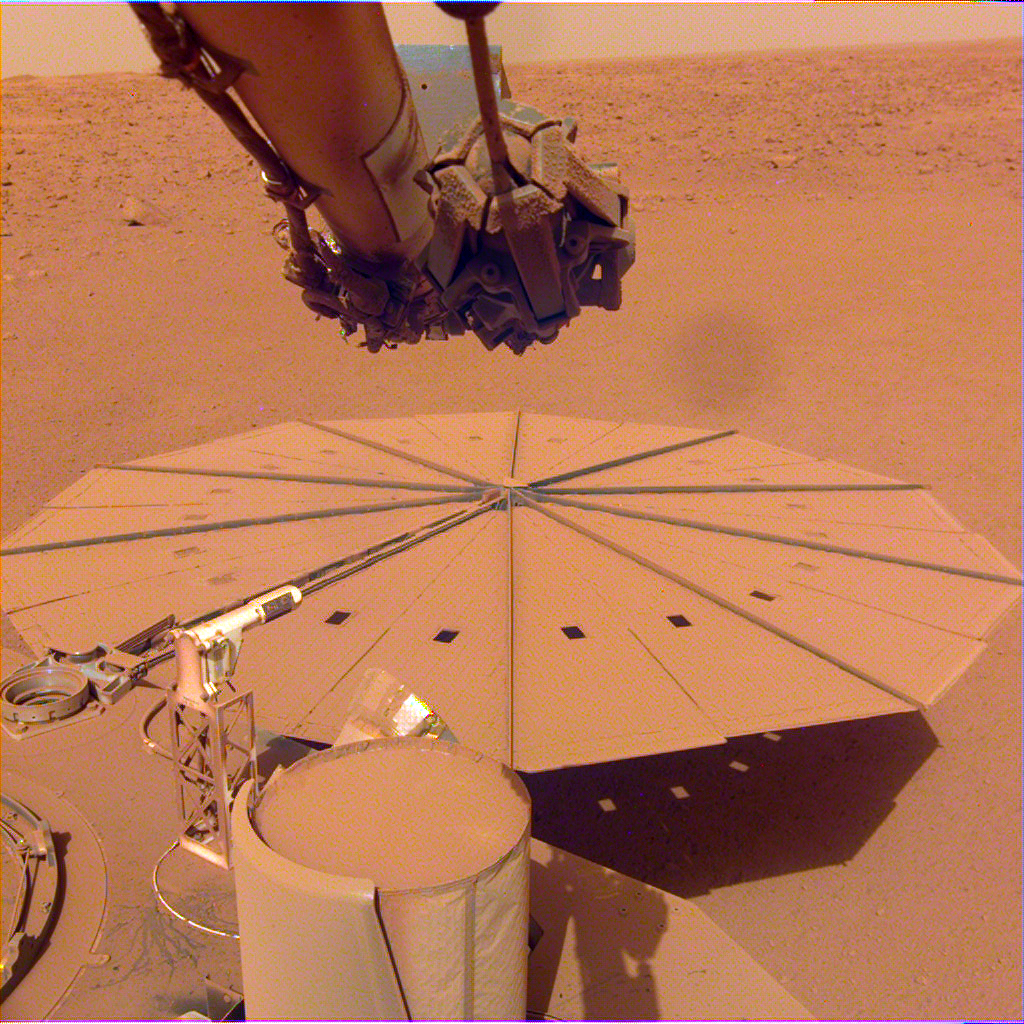NASA’s InSight lander, which is currently living out its last days, managed to register the most powerful Martian earthquake in all four years of the research mission. The strength of the aftershocks on Mars this time was 5 times stronger than the previous record of magnitude 4.7, set in May.

Another indication of the magnitude of the seismic event is that InSight recorded ground waves from the record Martian earthquake for about 10 hours, while the effects of all previous tremors faded within an hour. The event took place at a depth of 2,000 km below the surface of Mars.
“The energy released by this single Martian earthquake is equivalent to the cumulative energy of all the others we have seen so far. The waves recorded by InSight were so powerful that they deflected the seismometer needle almost to the maximum,” said study co-author John Clinton, a seismologist at the Swiss Federal Institute of Technology in Zurich.
The final days of InSight
InSight was launched in May 2018, and at the end of November of the same year, it was on the surface of Mars. Since then, it has been using its seismometer to record the internal activity of the Red Planet, which is seismically quieter than Earth. Records of Martian earthquakes provide new information about it due to the movement of waves in its interior, which makes it possible to learn a lot about the crust, mantle and core.
After four years of fruitful work, the InSight mission is coming to an end. As a result of a powerful storm on Mars, a thick layer of dust covered the solar panels of the device, which is now unable to accumulate enough energy and keep all devices in working order. Its final shutdown can happen literally in the next few days, or, in the best case, months. Now, a 30-person team at the Jet Propulsion Laboratory (JPL) is prepared for such a scenario and is gradually winding down the mission.

Therefore, engineers are trying to use the battery charge of the landing module as efficiently as possible. They had to sacrifice several instruments by de-energizing them this summer so that they could continue to operate the seismometer and transmit the collected science data back to Earth. NASA will officially declare the mission complete if InSight stops communicating with the MRO spacecraft orbiting Mars.
We previously reported how InSight took its final selfie.
According to the materials of Geophysical Research Letters.

